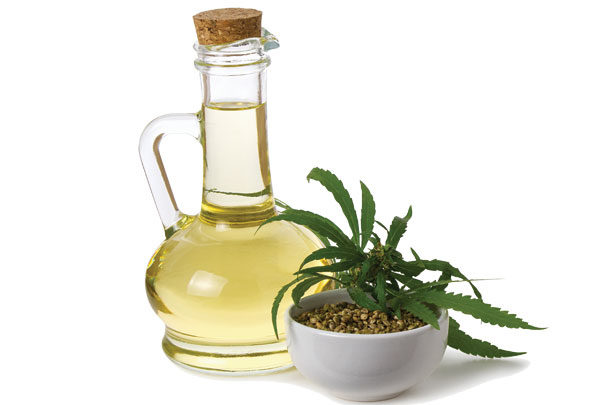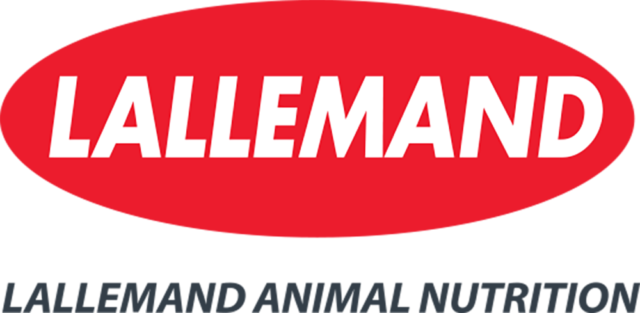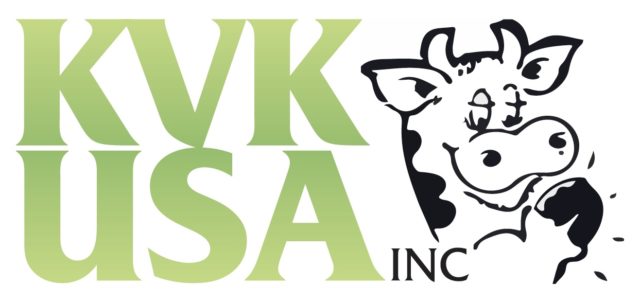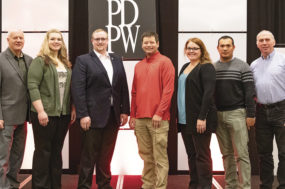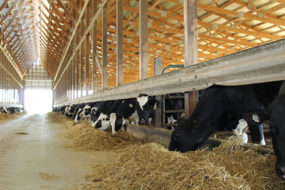In an industry that’s changing as rapidly as a landslide in an earthquake, no matter what figures presented in this writing, it’s only a snapshot of one point in time.
The 2018 Farm Bill was one of those earthquakes that set off a landslide in the hemp arena, and aftershocks will be felt for several years as the industry tries to develop and adjust to production and market realities.
In 2018, there were 78,000 acres of hemp reported in the U.S. In 2019, there were 511,000 acres reported. It’s projected that by 2023, there will be 2.3 million acres in the U.S. And those jumping into the game are riding the aftershocks of a very slippery slope.
What the states are saying
Colorado
As of this writing, Colorado had 9,900 acres reported in 2017, 17,100 acres reported in 2018 and 50,000 acres in 2019. In 2020, 88,743 acres were registered, mostly in acreage sizes of 1 to 25 acres.
“The majority is being raised for cannabidiol, which cannot be used as a food product [lacking FDA approval], which is a problem,” Wondirad Gubru said. Presenting on behalf of Colorado’s Department of Agriculture at the Family Farm Alliance in Reno, Nevada, Gubru explained some of the challenges of a state ag department in certifying and regulating the new industry. Some of the issues they’ve run into include a bottleneck with regulation requiring a 15-day sampling period, which relies on state-certified labs. Gubru said this requirement is difficult, as not enough labs are certified and testing methods can create large differences in the level of reported THC (tetrahydrocannabinol, the principal psychoactive constituent of cannabis).
With a 0.3% THC destruction threshold, Gubru said too many crops are being destroyed which, with some research and development, could be used in other ways. He also noted there is some discrepancy as to crop destruction: Does that fall under state management or federal management through the Drug Enforcement Administration (DEA)? And destruction of the crop is costly, so who pays for that is also a quagmire.
Gubru also said the state Department of Agriculture needs the statutory authority to require felony background checks, with updated statutory language on definitions, violations, penalties and application denial to match the requirements of the federal agencies.
In short, Gubru said although they’ve made progress in the last few years toward hemp production, product certification, chain of custody standards to facilitate interstate transport, and research and development, there are a lot of obstacles still to overcome.
Oregon
“It’s pretty much whack-a-mole on 101 issues,” said Jake Oken-Berg, business liaison officer with U.S. Senator Jeff Merkley’s (D–Oregon) office. “We get calls, texts and emails from folks in Oregon who have taken on the risks but are experiencing many of the concerns of hemp production.”
Oken-Berg said the USDA rules were very problematic, and he reiterated some of the concerns Gubru had expressed, including the numbers of growers “breaking the law” by missing the 0.3% threshold. “No one is getting high on 0.9% THC, so we’d like to see that grow to 1%,” Oken-Berg said.
Oregon labs must be registered with the DEA, and many are not, so testing is a logistical bottleneck there as well. Of additional concern, Oken-Berg said there are anecdotal reports of folks jumping into the hemp market and then having banks call loans due or house mortgages not being approved because of their involvement in the hemp business.
Oken-Berg said the current inventory in Oregon is massive and “they’re sitting on it, hoping it won’t mold or rot.” While the oil has extended shelf life, the biomass degrades and oil processing facilities are not yet adequate for the production side.
“Applications for hemp licenses are up three times over last year, so even though we had a record year last year, we’re still seeing incredible interest. But it’s not for the faint of heart. There are 101 issues we’re dealing with,” he said.
Hemp agronomy in the West
Ron Dutra, agronomic relationship manager for Netafim USA in California, has been involved in hemp production from the irrigation side of the equation. He said plant populations were from 1,000 to 50,000 plants per acre, depending on the end purpose, some using direct seeding and some using plant clones. With a water requirement of 22 inches per year, producers were using flood irrigation, drip-tape irrigation, Flexnet (a temporary roll-up pipe system) and pivot irrigation. Plant populations varied but began on the low end with 8-foot rows on 4-inch spacing, equaling 1,361 plants per acre.
Dutra noted hemp is sensitive to herbicide carryover from rotational crops, and seed reliability and genetics are still highly variable. He cautioned, “If you’re going to get into hemp, make sure you’re going to work with a reputable company. Make sure you have a market before you plant it. And sure, you can pay $1 per seed, but do you know if the seeds are good?”
George Workman, director of product portfolio and sales with Kayagene in Salinas, California, took a deeper dive into agronomy, explaining different seed varieties: day length-dependent varieties and day length-neutral varieties. While seed companies are springing up, research and breeding is still in early stages, he said.
Feminized seed is the most desirable and most costly. Male plants waste valuable space because they produce negligible amounts of CBD. They also spread pollen to nearby cannabis/hemp plants, reducing CBD yields in surrounding female plants. Male plants are generally rogued, requiring greater labor. Feminized seed reduces the male presence in fields by 49.9%.
Workman cited two of his company’s varieties and their planting recommendations as examples: Pipeline variety is planted in a 40-inch bed, single line, 8 inches apart, equaling 19,600 plants per acre; Neutral variety is planted in a 22-inch bed, single line, 8 inches apart, resulting in 38,000 plants per acre. Each variety, he noted, has different recommendations, and some varieties have strong fiber content, so harvesting method plays a role in the decision-making process for plant density, as “you don’t want to break your combine or kill your labor” in harvest.
Paul Orme, an attorney from Salmon, Lewis and Weldon, PLC in Phoenix, Arizona, representing an irrigation district, said when the 2018 Farm Bill passed, irrigation districts began receiving water calls for hemp crops and wondered whether they could deliver water for a hemp crop in 2019 with state and USDA regulations not finalized.
“The 2018 Farm Bill didn’t change as it pertains to the food, drug and cosmetic act, so we were at a loss as to what to do,” he said. “Once the state had adopted their program and issued licenses to growers, then we could honor the water requests. But we required another step – to check with our regional directors with the Bureau of Reclamation to make sure they were OK with deliveries for this purpose. We got a letter from Bureau of Reclamation, essentially saying just follow state and federal law. So we put the same requirements in place for water users – a contract stating water users would comply with state and federal regulations.”
Marketing and markets
Each presenter was clear: The current hemp market is driven by CBD oil, not industrial hemp. While there is much interest in industrial hemp, the processing facilities for any marketable products are not yet in place. At World Ag Expo in Tulare, California, in 2020, there was a pavilion set up highlighting hemp products, with examples including a fiberglass-type material to make hard hats, spray-on insulation and a brick made with biomass waste. The fiber from industrial hemp, while historically used in ropes and ship rigging, has shown some promise for fabrics and a particle board-like product. But the realities are: The processing isn’t yet in place, nor is the market established for these products.
Still, the potential is promising. Workman said the next avalanche will come in the processing arena. “If the producers jumped in first and created backlogs, then processors now are jumping in trying to provide the service for processing,” he said. “The majority of hemp that doesn’t sell is lower-quality. Farmers are used to a contract system, and it takes a lot of energy and marketing on the back end of this. Farmers have to market aggressively.”
At least one website, PanXchange Hemp tracks spot prices for hemp.
Future
Dutra said he thought we’d see more to come. “I think acreage projections are low even though they seem astronomical. We don’t even have research and FDA on board yet, but with all the usable portions of this, I think this will become a rotational crop, and the fiber thing will take off with some fiber plants, and when we have a chance for the research and development. We have the cart before the horse right now, but it’ll get better. This is agriculture, and we’re good at it.”
While some analysts have predicted a crash in the CBD market, Gubru said, “There’s a lot of promise yet to be developed. So even if the CBD markets crash, there’s a lot of opportunity for product development in other production.”
Workman agreed, “CBD and cannabidiol are only two out of 160 chemicals that can come from the plant; CBG is another, claiming anti-inflammatory properties, and CBN is a sleep aid which could do away with drugs like Ambien if the FDA comes on board. There’s a lot of opportunity with this crop.”
Conclusion
Allan Jenkins, professor of economics with University of Nebraska – Kearney, said hemp occurs naturally in Nebraska. “We call it ditchweed. It’s survived since 1945 on its own, but we don’t know much about the genetics of these plants. Because of the controlled substance act of 1970, it’s been difficult to research.
“Producers jumped way out in front of the supply chain. We need more product development, more standards, more processing capability. If you’re thinking about moving into the hemp industry, hope is not a tactic. If you want to produce it, you better know who’s going to buy it.”
He concluded, “Right now a huge portion of this industry is chasing its tail. Processors, producers, seed companies – there’s a lack of agronomy. But there is a future in the crop.
